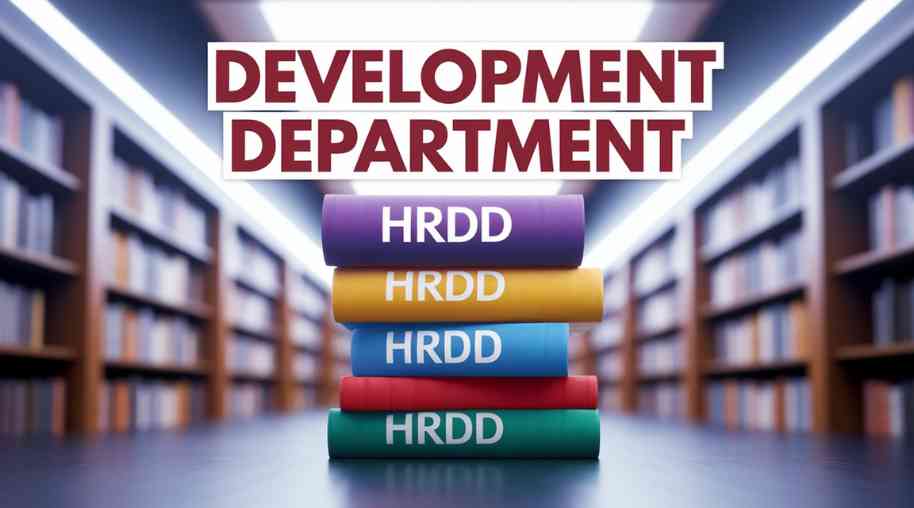PRD Full Form-Press Relations Division
by Shashi Gaherwar
0 1919
Press Relations Division: Enhancing Communication and Public Perception
The Press Relations Division (PRD) is essential for managing an organization’s communication with the media, ensuring accurate information dissemination, maintaining a positive public image, and handling crises effectively across government, corporate, and nonprofit sectors.

This article explores the functions, importance, strategies, challenges, and future of the PRD in shaping organizational credibility and transparency.
Functions of the Press Relations Division
The PRD performs key functions to strengthen media relations and public engagement:
- Media Communication: Builds relationships with journalists and news agencies.
- Press Releases and Statements: Distributes official announcements on key developments.
- Crisis Management: Mitigates negative publicity and restores trust.
- Press Conferences and Events: Organizes briefings and public events for updates.
- Media Monitoring: Tracks coverage to assess sentiment and refine strategies.
- Internal Communication Support: Ensures consistent messaging across departments.
Importance of Press Relations
The PRD is crucial for:
- Enhancing Public Image: Projects a positive organizational image through consistent media engagement.
- Ensuring Accuracy: Prevents misinformation with verified news.
- Crisis Handling: Minimizes reputational damage during adverse events.
- Boosting Brand Awareness: Increases visibility via media campaigns.
- Strengthening Media Relations: Builds trust for fair reporting.
Strategies for Effective Press Relations
Effective PRD strategies include:
- Building Media Relationships: Regular journalist interactions foster trust and timely information sharing.
- Crafting Press Releases: Clear, concise statements with compelling storytelling highlight key messages.
- Managing Crises: Proactive response plans and transparent communication address concerns.
- Utilizing Digital Channels: Engages audiences via social media and digital platforms.
- Monitoring Media: Tracks coverage and adjusts strategies based on feedback.
Challenges in Press Relations
The PRD faces challenges such as:
- Negative Publicity: Countering misinformation and false narratives is complex.
- Media Trends: Rapid digital changes require constant strategy updates.
- Crisis Pressure: Timely responses are critical to control damage.
- Transparency vs. Confidentiality: Balancing open communication with sensitive data protection.
The Future of Press Relations
Future trends for the PRD include:
- AI-Powered Analysis: AI tools predict media responses and analyze trends.
- Social Media PR: Interactive digital campaigns enhance engagement.
- Real-Time Communication: Instant tools address issues swiftly.
- Data-Driven Strategies: Analytics refine campaigns for better outreach.
The Press Relations Division is vital for maintaining a strong media presence and positive reputation. Through strategic media engagement, crisis management, and digital communication, it ensures clarity and credibility in an era of rapid information spread.
Further Learning Resources
If you’re passionate about building a successful blogging website, check out this helpful guide at Coding Tag – How to Start a Successful Blog. It offers practical steps and expert tips to kickstart your blogging journey!
For dedicated UPSC exam preparation, we highly recommend visiting www.iasmania.com. It offers well-structured resources, current affairs, and subject-wise notes tailored specifically for aspirants. Start your journey today!

Share:








Comments
Waiting for your comments